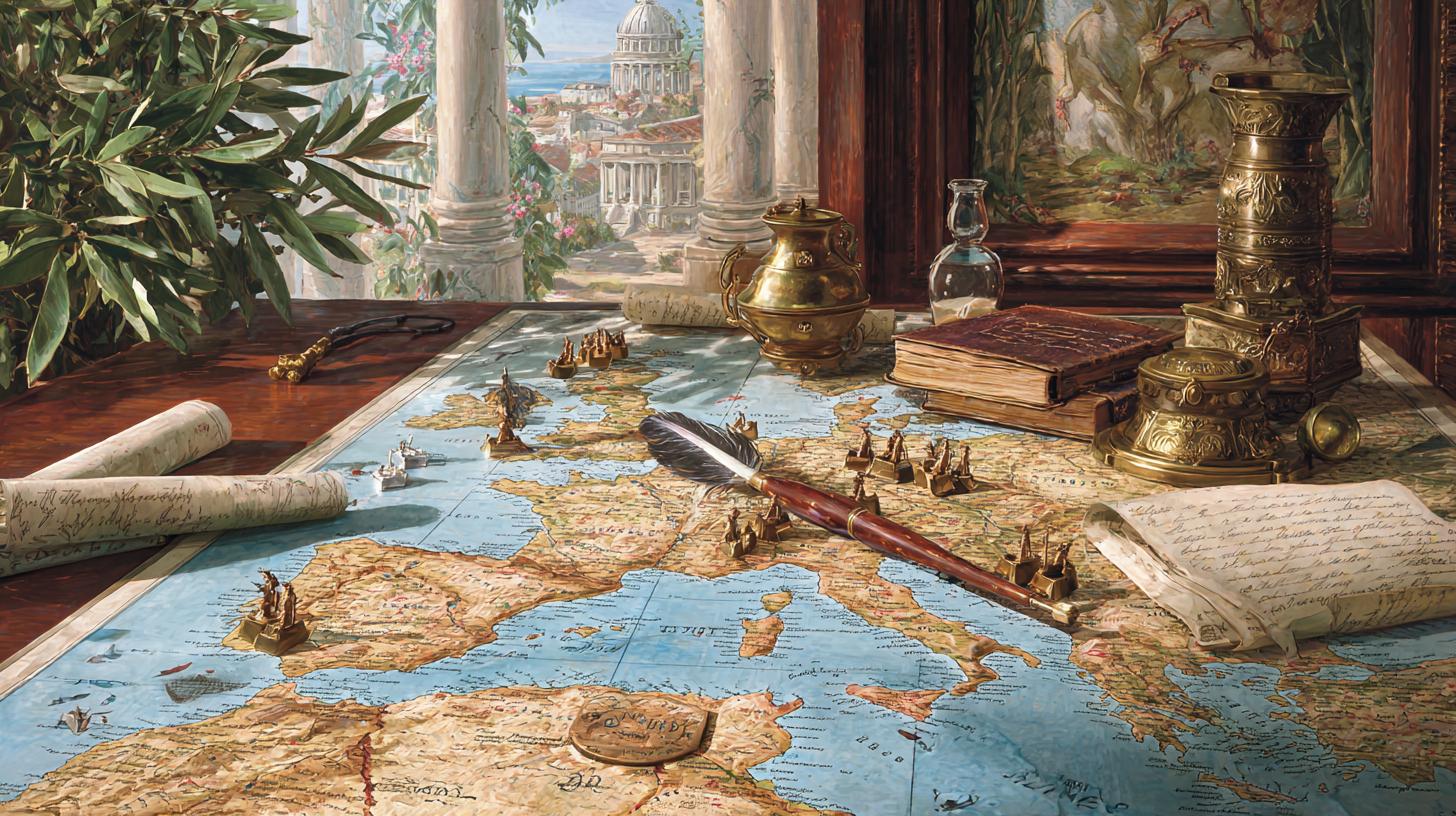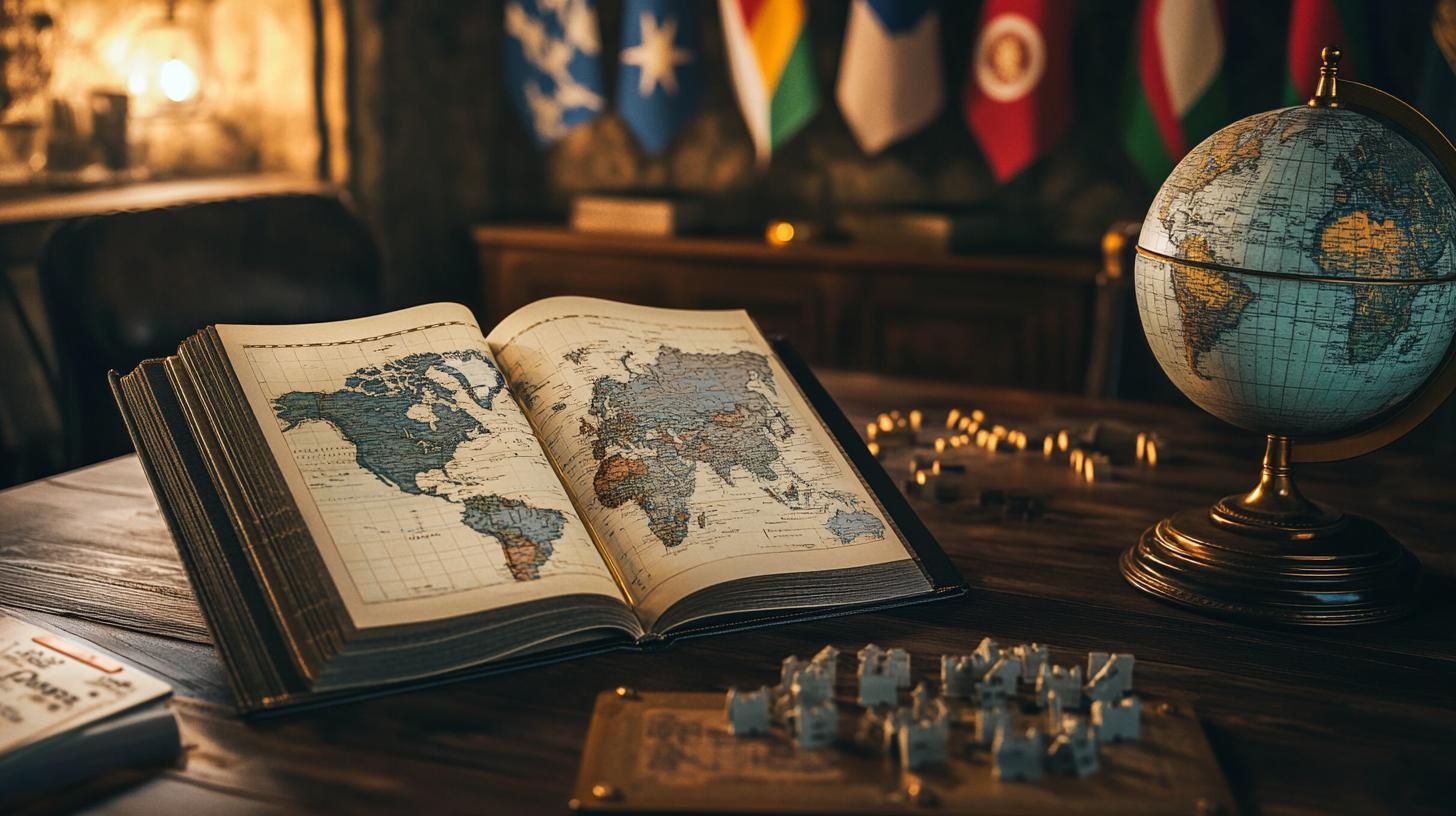How to Play as Italy in Diplomacy: Master Your Mediterranean Strategy
Italy in Diplomacy stands out as one of the most dynamic and unpredictable powers on the map. Whether you’re a veteran strategist or new to the game, understanding how to play as Italy in Diplomacy can dramatically shift your success. In this in-depth guide, we’ll cover Italy’s geographic advantages, diplomatic openings, midgame tactics, and endgame maneuvers to help you control the Mediterranean and beyond. You’ll learn practical tips for forming alliances, seizing coastal supply centers, and anticipating betrayals. Let’s dive into this nautical powerhouse and explore every angle to ensure you sail smoothly to victory!
1. Understanding Italy’s Strategic Landscape
Italy begins in a relatively isolated position with Rome as its only supply center, surrounded by the Western Mediterranean Sea and the Central Mediterranean Sea. This geographic setup allows for flexible openings but also invites pressure from France, Austria, and Turkey. Recognizing Italy’s naval strengths and vulnerabilities is the first step to mastering your position.
Italy’s neighbors include powerful players on three sides: France to the west, Austria to the north, and Turkey to the east. Early diplomacy and careful coordination can turn these threats into opportunities for alliance. Map awareness—knowing which coasts to support and when to pivot from defense to offense—is crucial.
Before discussing specific openings, consider Italy’s overarching strengths: naval mobility, diplomatic flexibility, and the ability to strike multiple directions. You’ll want to leverage these advantages while mitigating early encirclement risks.
2. Key Benefits of Playing as Italy
Choosing Italy offers several compelling benefits for ambitious Diplomacy players. From an SEO perspective, mastering Italian strategy can elevate your game—and this guide will be your go-to reference for “how to play as Italy in Diplomacy.”
- Naval Dominance: Control of Mediterranean seas allows rapid expansion and multiple axes of attack.
- Diplomatic Leverage: Italy’s position encourages negotiations with France, Austria, and Turkey, fostering rich alliance opportunities.
- Flexibility: Early moves can pivot between east and west, adapting to opponents’ actions.
- Surprise Factor: Italy’s unpredictable openings keep adversaries guessing.
3. Proven Opening Moves and Tactical Tips
3.1 Western Opening: The Classic Gambit
One common strategy is the “Western Opening,” focusing on Spain and France. Begin with:
- Rome (A Rome SNA) to support Pisa or move to Tyrrhenian Sea.
- Milan to Venice (A Milan – Venice).
- Naples fleet to Ionian Sea (F Naples – Ionian Sea).
This setup pressures France in Marseilles and positions you to seize two supply centers. Coordinate closely with France—offer support for Burgundy in exchange for non-aggression on the Iberian front.
3.2 Eastern Opening: The Turkish Alliance
If you prefer an eastern focus, target Serbia and Greece alongside Turkey. A typical Eastern Opening looks like:
- Rome to Apulia (A Rome – Apulia).
- Venice to Trieste (A Venice – Trieste).
- Naples to Ionian Sea (F Naples – Ionian Sea).
By collaborating with Turkey, you can apply pressure on Austria and secure the Balkans. Maintain open communication, offer reciprocal support to Ankara, and watch for Austria’s counter-moves.
4. Midgame Strategies for Italy
4.1 Solidifying Alliances
After the opening, reaffirm your alliances. If you worked with France, ensure your western front remains stable while you push eastward. With Turkey, guarantee mutual support in the Ionian Sea and Aegean Sea. Regularly update allies and propose joint operations to capture contested centers.
4.2 Defensive Posture and Opportunism
Italy’s naval power allows for strong defensive positions. Keep fleets ready to protect Sicily and Tunis. Simultaneously, scout opportunities: if Austria and Turkey clash, slip into the Adriatic or Ionian Sea to pick off unguarded centers.
4.3 Late-Midgame Pivot: From Defense to Offense
4.3.1 Breaking Out in the West
When the Mediterranean stabilizes, look west. Move fleets from Italy to the Western Med. Support a push into Spain or even North Africa. Surprise moves can unbalance France, especially if they’re tied up in England or Germany.
4.3.2 Eastern Surge
If Austria is weakened, shift forces into the Adriatic Sea and Albania. Using your Trieste or Venice armies, you can swarm the Balkans alongside Turkish support, solidifying your Eastern Mediterranean dominance.
5. Common Challenges and How to Overcome Them
Italy often faces early exploitation from neighbors who perceive it as weak. Preempt this by promptly securing at least one additional center in 1901. Transparent diplomacy and early agreements can dissuade France or Austria from launching an all-out assault.
Another challenge is juggling two fronts. Avoid overextension by focusing on one axis at a time. If you choose to expand west, temporarily pause eastern negotiations until you’ve built up your naval presence. Balancing patience and aggression is the key to long-term Italian success.
6. SEO Tips and Internal Linking Strategy
To rank higher for “how to play as Italy in Diplomacy,” your meta description might read: Engage with our definitive guide on how to play as Italy in Diplomacy—covering openings, alliances, and advanced tactics. For internal linking, consider linking to related posts such as Diplomacy Opening Strategies, Mastering France in Diplomacy, and Diplomacy Midgame Tactics. Use relevant anchor text and update your sidebar or footer with “Italy Strategy” to improve internal SEO.
Your journey to Mediterranean mastery begins now. Armed with these tactics, you’re ready to negotiate, maneuver, and dominate as Italy in Diplomacy. Rally your fleets, forge alliances, and set sail for victory. Share your Italian triumphs and join our community forum to discuss more advanced maneuvers. Buona fortuna!


